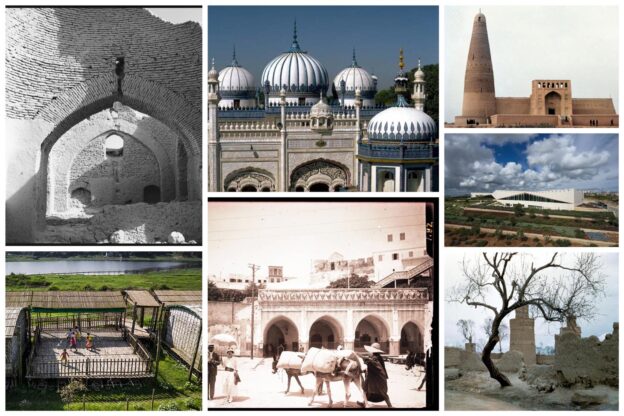Resources for teaching and studying architecture during COVID-19 closures
As the COVID-19 pandemic continues to spread, many educational institutions are moving classes online, a development that is very likely to accelerate the growth of online education and the need for open access pedagogical materials. If you are an educator who has to move your teaching about architecture, urbanism, or other aspects of the built environment online, Archnet resources may be helpful to you. You may want to start by exploring the Archnet Pedagogy Collection where you’ll find resources that can easily be integrated into an online teaching platform. Our teaching collections, donated by scholars in a variety of fields, […]
